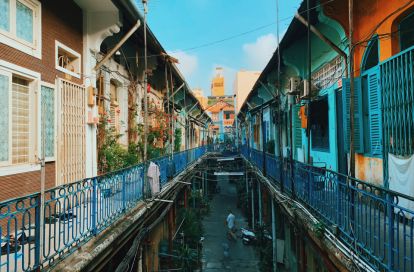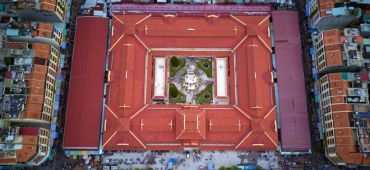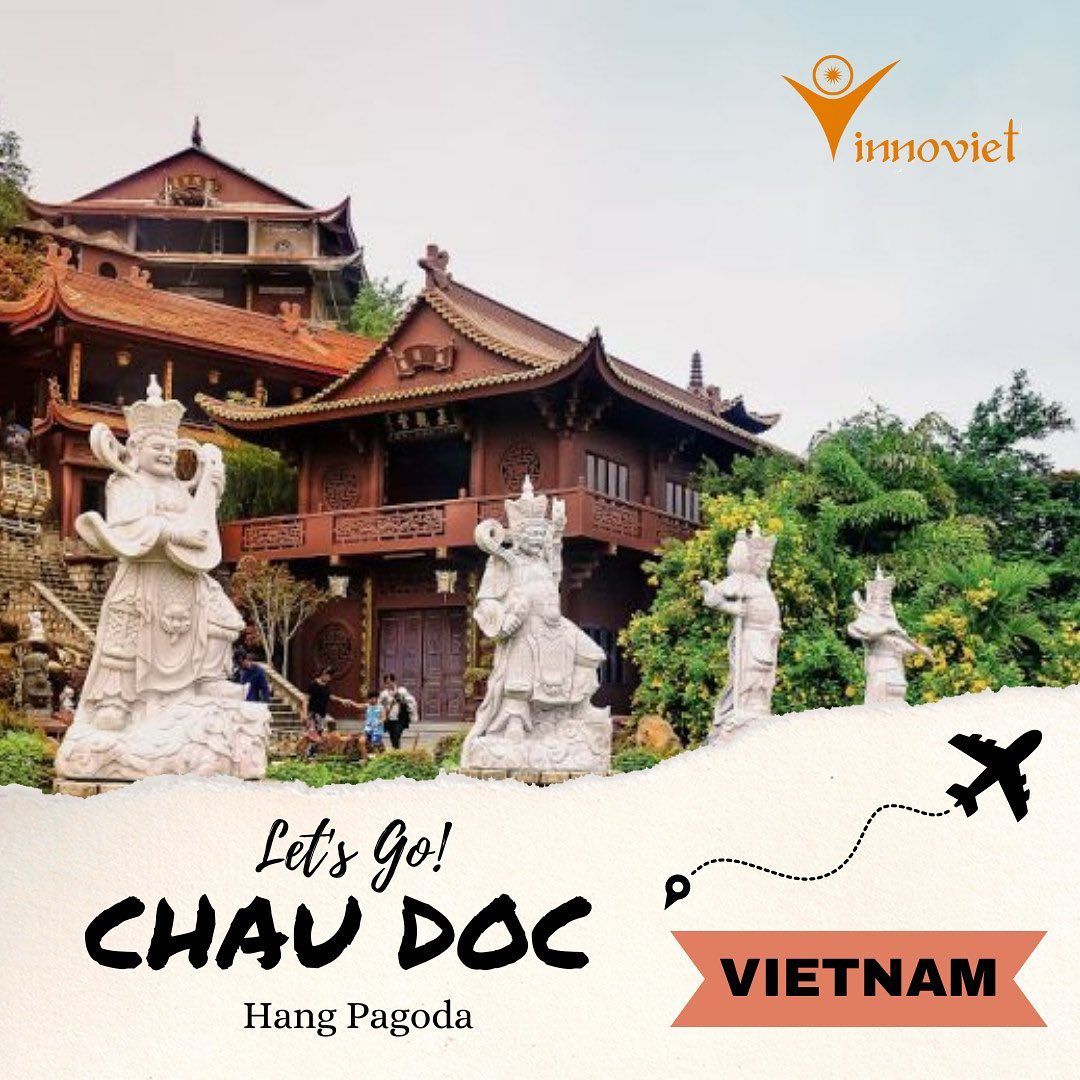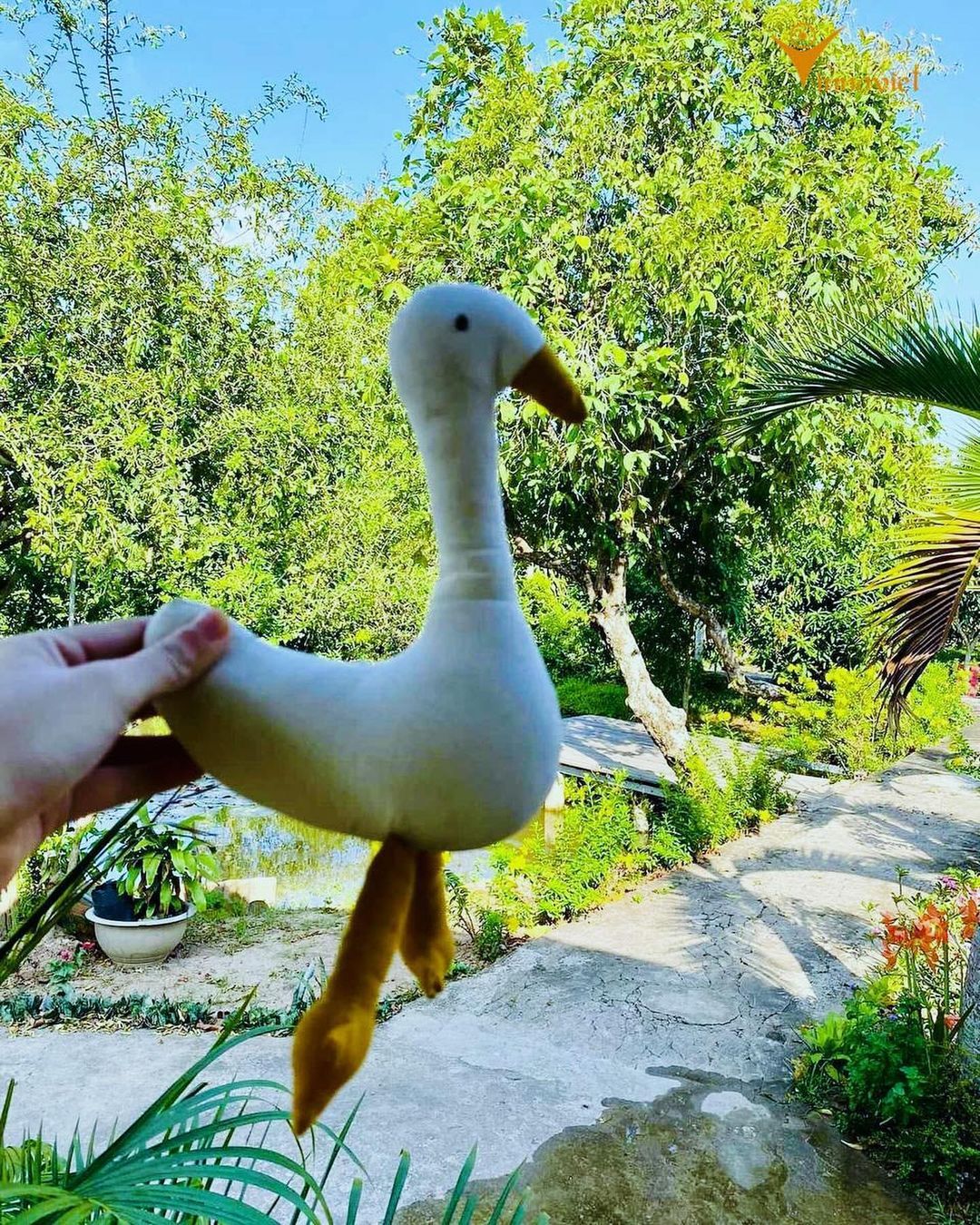Lambro 550 was the major means of transportation in Sài Gòn in the 1960s, and it is now beginning to be restored by collectors.

The young generation nowadays might find it hard to image the “Xe lam” (local name of Lambro), which dominated every corner of the southern metropolis in the 1960s. Until the 1990s, the Xe lam started vanishing from the southern streets as it was replaced by public buses. Xe lam had then become encoded in the old Saigonese’ mind simply as an unforgettable memory.
The major mode of transportation in old Sài Gòn.
In 1968, there were 3,200 Lambros in Saigon alone, out of 17,000 running all over the southern region. Then in 1971, when public bus services were terminated, the number of Xe Lam surged to 30,000 in the city, seven times higher than that of taxis. At that time, there were two kinds of Three–wheel transportation: Lambro and Horse-Drawn Wagons.

However, unlike small horse-drawn wagons that had been used in the Mekong Delta in previous decades, the Xe Lam was more convenient and comfortable for commuters.
It was the main means of public transport. It could carry up to 10 passengers sitting on 2 benches at the back. Whilst the driver’s cabin had a canvas top to protect them from the sun and rain. The front seats by the driver’s side could also be occupied, accommodating for at least two extra passengers.
The Lambros were present in Saigon from as early as the 1950s. They reached their peak time in the early 1970s. With the privatization policies adopted by the old Southern Government, people could afford installment purchases with very low interest rates. This led to the strong increase of Xe Lam ownership. At that time, the vehicle itself was not cheap: 30 gold bars (1.125 kg) each.
After 1975, Xe Lam still played an important role in transportation in the South of Vietnam, due to the lack of and immobility of cars. However, in the 1990s, cheap motorbikes became popular, meaning that the Xe Lam became less common. It was used mainly for carrying garbage or other materials.
Xe Lam is gradually restoring
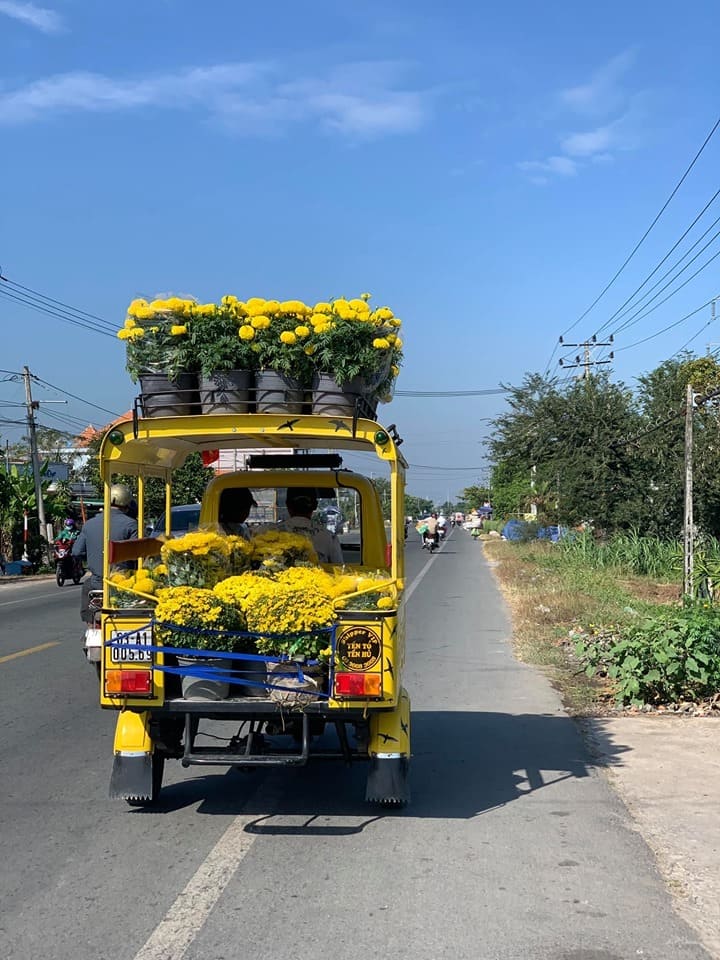
Nowadays, you will find that this mode of transportation is quite rare outside of some small groups of people who have a big interest for the Xe Lam. They are trying to recover it from forgotten corners – in order to restore them; from the engine to frame. Some others want to repair Xe Lam with old material for the purpose of decoration in their house’s garden or perhaps to feature in a café shop.
Restored Xe Lam are mainly the Lambro 550. The 550 was produced in 1967, it was named for its maximum capacity (550kg).
Moreover, Lambro 550 was based on the Lambro 200 and 450 of earlier times, still using a 200cc engine. This upgraded it from that of the Lambro 200. Also, the brake system was upgraded to a hydro system for three wheels but retained a maximum speed of 62km/h.
The difference in the appearance between Lambro 550 and 200 is the light at the head of the cabin. Lambro 200 had the light at the center and Lambro 550 with two lights on either side. The trunk was expanded to 1420mm in length and 1250mm in width. The trunk has 1015mm of height that made it suitable for carrying the passengers. The capacity could be anywhere from 10 to 14 people.
Today in Saigon we still can find 3-wheel Lambro’s, which is simpler than the restored one found in the suburbs and countryside where they are used to transport miscellaneous objects, sometimes even being used as trash collectors! You can hardly find a Lambro in the northern regions of Vietnam.






